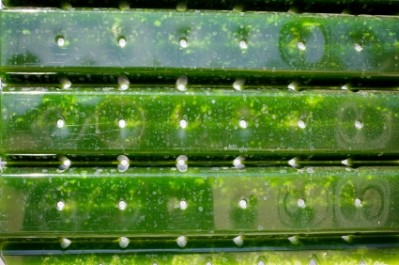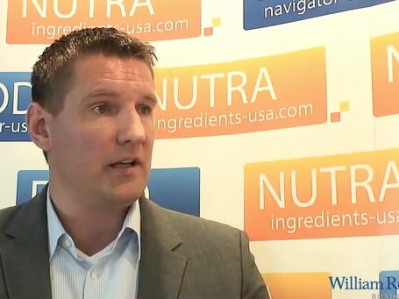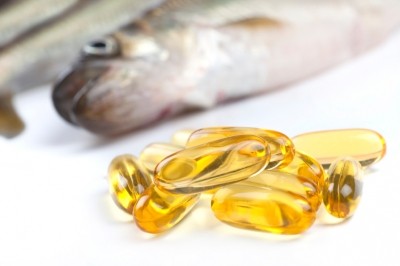Special edition: Omega-3
Aurora Algae ups ante in omega-3 market with plans for Q4, 2012 launch

The Californian firm, which has secured a 1,500-acre plot of land in Karratha, Western Australia, to grow its ‘pale green cultivar’ microalgae strains in vast open ponds, will start construction of the facility, 250 acres of ponds (50 five-acre ponds), in the first quarter of next year.
Vice president business development Leslie Van Der Meulen told NutraIngredients-USA: “We’re aiming to be fully operational in the fourth quarter of next year, when we’ll start sending out our first batches. This should also coincide with our GRAS (generally recognized as safe) and NDI (new dietary ingredient) regulatory filings.”
He added: “We will be able to produce about 1.5 metric tons of EPA-rich oil per acre, per year, so in our initial phase we will be producing more than 30t a month.”
To put this into perspective, Algae Biosciences – which is also entering the algal-omega-3 market next year and has a production facility in Arizona - predicts it will be producing 1.06t/month by late 2012 and 4t/month by the end of 2013.
‘We’re not using one commodity to help grow another’
Aurora, which has been sending out samples of its EPA-rich oil to potential customers produced from a small demonstration facility at Karratha, will also produce proteins for the human nutrition market, animal feed (mainly for aquaculture) and biodiesel, said Van Der Meulen.
“It is hard to compare different suppliers in this market because we all use different strains and operate different production processes. But we believe we are in a league of our own.
“Our open pond method is the most cost effective and sustainable production process. We’re turning otherwise unusable arid land into high-tech farmland by growing our algae outdoors in open ponds in seawater. The only inputs are sunlight, carbon dioxide and select nutrients.
“We don’t have to buy in sugars or other feedstocks [unlike firms growing algae via fermentation]. We’re not using one commodity to create another. We also use a massive amount of C02 (from local emitters).”
He added: “We have a continuous harvesting system enabling us to supply product all year round. We harvest part of the algae and let the rest of it grow back to density.”
There is a market for EPA alone
While most suppliers in the long-chain omega-3 market were supplying DHA or a combination of EPA and DHA, there was a market for EPA alone, he said.
“We’ve already signed multiple letters of intent with key players across the industry. But our highly concentrated EPA can also be mixed with DHA if that is what customers want to do.”
He declined to comment on whether Aurora was exploring other algal strains that would enable it to produce other omega-3 fatty acids, but added: “Scale is important for multinational food and beverage customers that want a supplier able to meet their needs in the long term, and the demand is there for a range of fatty acids.”
Click here to read more about the algal omega-3 market.















